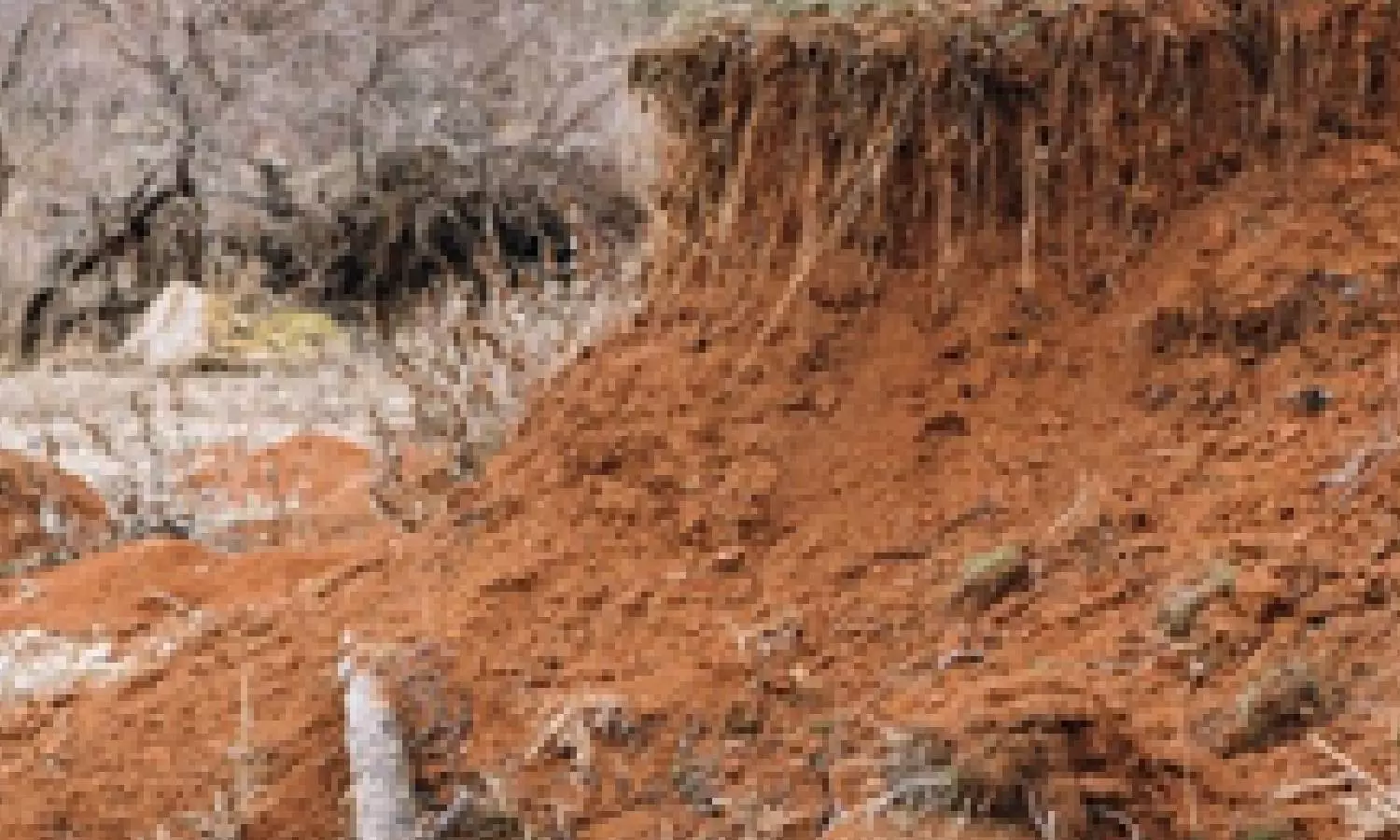UN panel red flags rapid land degradation worldwide ahead of key meet
The UNCCD Data Dashboard reflects an alarming reality across the globe and reveals significant disparities when it comes to the proportion of degraded land per region;

Representative Image (IANS)
BONN: The UN Convention to Combat Desertification (UNCCD) on Tuesday announced the launch of its first-ever Data Dashboard compiling national reporting figures from 126 countries, which shows that land degradation is advancing at an astonishing rate across all regions.
“Between 2015 and 2019, the world lost at least 100 million hectares of healthy and productive land each year, adding up to twice the size of Greenland. These statistics underscore the need for urgent action, as escalating land degradation continues to destabilise markets, communities, and ecosystems around the globe," it said.
The UNCCD Data Dashboard launch comes at a critical juncture as world leaders and experts will soon gather in Samarkand, Uzbekistan, from November 13-17 for the 21st session of the UNCCD Committee for the Review of the Implementation of the Convention (CRIC 21). Delegates will review global progress made toward land degradation neutrality (LDN) and confront pressing issues like enhancing drought resilience, promoting women's land rights, and combating sand and dust storms.
UNCCD Executive Secretary Ibrahim Thiaw said: "The first-ever UNCCD Data Dashboard offers an eye-opening insight into rapid loss of healthy and productive land around the world, with dire consequences for billions of people. At the same time, we are seeing some ‘brightspots’—countries effectively tackling desertification, land degradation and drought. As we gather in Uzbekistan next month to review global progress towards ending land loss, the message is clear: land degradation demands immediate attention."
Regional disparities
The UNCCD Data Dashboard reflects an alarming reality across the globe and reveals significant disparities when it comes to the proportion of degraded land per region.
Eastern and Central Asia, and Latin America and the Caribbean regions experience the most severe degradation, affecting at least 20 per cent of their total land area.
Meanwhile, sub-Saharan Africa, Western and Southern Asia, and Latin America and the Caribbean experienced land degradation at rates faster than the global average.
Land restoration "brightspots"
Despite a bleak global picture, there are examples of countries effectively tackling desertification, land degradation and drought.
In sub-Saharan Africa, Botswana reduced land degradation from 36 per cent to 17 per cent of its territory. In the Dominican Republic, the proportion of degraded land has decreased from 49 per cent to 31 per cent between 2015 and 2019.
While Uzbekistan reported the highest proportion of degraded land (26.1 per cent) in the Central Asia region, it also saw the largest decrease – from 30 per cent to 26 per cent -- compared to 2015.
Land degradation neutrality goal still within reach
Although land degradation trends vary by region, UNCCD data warns that, if current trends persist, the world will need to restore a staggering 1.5 billion hectares of degraded land by 2030 to reach LDN targets enshrined in the Sustainable Development Goals (SDGs).
On the positive side there has been a promising commitment towards building a more resilient future, 109 countries have set voluntary LDN targets for 2030, with another 21 in the process of doing so. Between 2016 and 2019, approximately USD$ 5 billion in bilateral and multilateral sources flowed into global efforts to combat desertification, land degradation and drought. This helped 124 nations roll out a wide range of projects aimed at achieving land degradation neutrality and addressing the challenges posed by desertification, land degradation, and drought.

